A blockchain address is a unique identifier for your digital wallet that lets you send and receive cryptocurrencies securely. These addresses come in various formats depending on the cryptocurrency, like Bitcoin or Ethereum, and are generated from your public keys. Each address is alphanumeric and can range from 26 to 42 characters, ensuring no two are alike. They're crucial for verifying transactions and ownership, as you control the associated private key. Just remember, mistakes can lead to permanent losses, so it's vital to double-check your address before making transactions. Stick around to discover more about how these addresses work!
Key Takeaways
- A blockchain address is a unique identifier for a wallet, enabling secure transactions in various cryptocurrencies.
- Bitcoin addresses are 26-35 alphanumeric characters, while Ethereum addresses are 42-character hexadecimal strings beginning with "0x."
- Addresses are generated from public keys through cryptographic hashing, ensuring security and uniqueness.
- Ownership of assets is verified by controlling the associated private keys linked to the address.
- Addresses facilitate transaction transparency, allowing public records on the blockchain while requiring careful handling to avoid losses.
Address Format and Structure
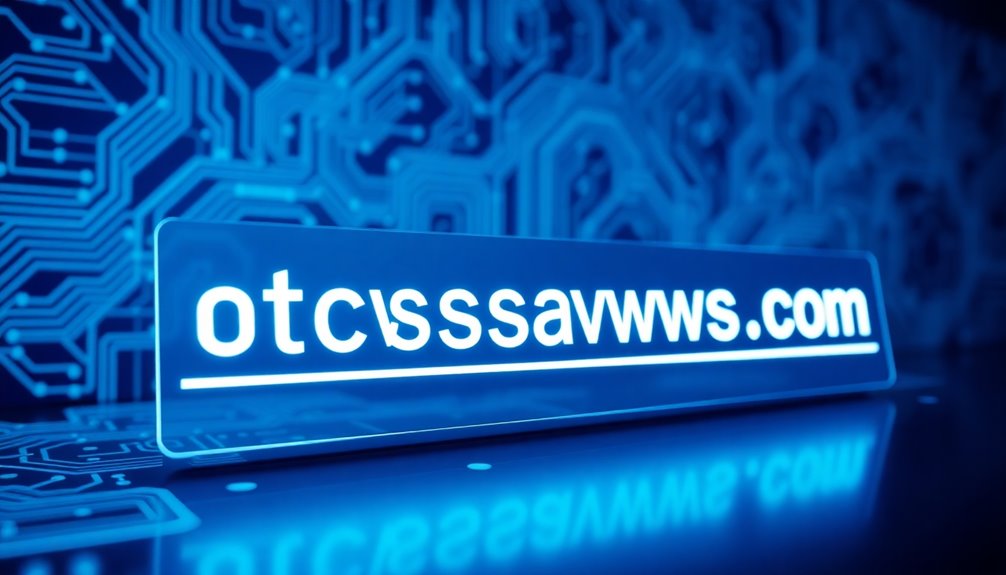
When exploring blockchain addresses, you'll find they come in various formats and structures that are crucial for different cryptocurrencies.
For instance, Bitcoin wallet addresses typically consist of 26 to 35 alphanumeric characters and can be in formats like Legacy (starting with "1"), Compatibility (starting with "3"), or Segwit (starting with "bc1").
On the other hand, Ethereum addresses are structured as 42-character hexadecimal strings prefixed with "0x," serving as unique identifiers for transactions and smart contracts.
Other cryptocurrencies, like Litecoin and Ripple, have their own address formats too, starting with "L" or "r," respectively.
These blockchain addresses utilize checksums for error detection, enhancing reliability in transaction processing, ensuring your cryptocurrency transactions are secure.
Understanding Address Significance
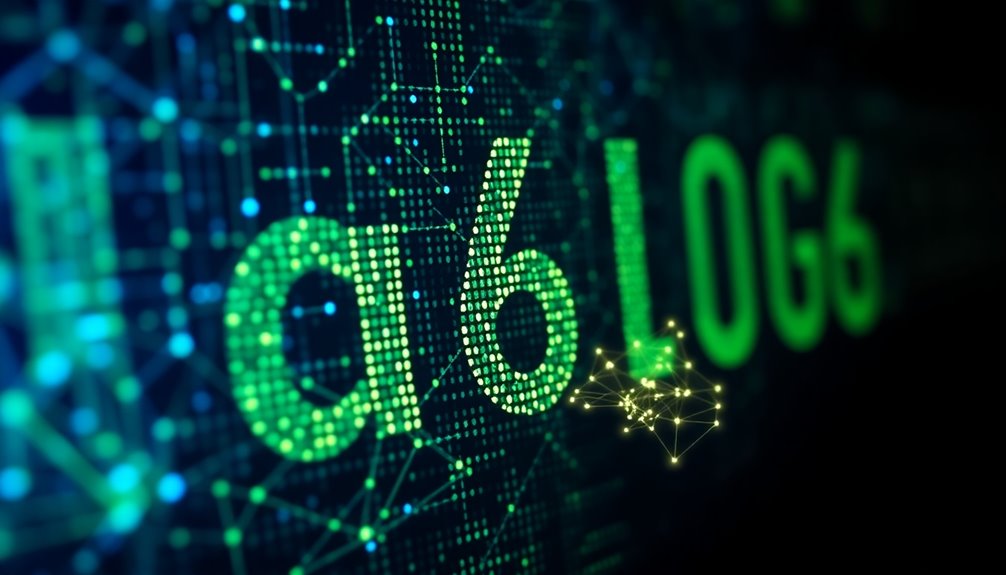
Blockchain addresses play a vital role in the cryptocurrency ecosystem by acting as unique identifiers for wallets, allowing you to send and receive digital assets securely.
Each address is generated from a public key through cryptographic hashing, ensuring uniqueness and security against unauthorized access. By controlling the associated private key, you can verify ownership of your digital assets and manage funds stored at that address.
Moreover, blockchain addresses enhance transaction transparency, as they're publicly recorded on the blockchain, enabling you to track and verify asset movements.
The format of addresses varies by cryptocurrency, with specific prefixes indicating the type of blockchain, such as Bitcoin or Ethereum, further emphasizing their significance in the decentralized network.
Transaction Validation Process

To ensure that only legitimate transactions make their way onto the blockchain, a rigorous validation process takes place.
When you initiate a blockchain transaction, it includes your wallet address, the recipient's public address, and a digital signature created using your private key. This digital signature confirms your ownership and the transaction's authenticity.
Once initiated, the transaction broadcasts to the blockchain network, where nodes verify transactions by checking if you have sufficient funds and if everything aligns with the blockchain's rules.
After verification, transactions are grouped into blocks and added through consensus mechanisms like Proof of Work or Proof of Stake. This process ensures secure and transparent transactions, with each completed transaction recorded in the immutable transaction history. Furthermore, understanding the implications of market volatility is crucial as it can significantly impact transaction confirmations and overall network activity.
Benefits and Drawbacks

The validation process ensures that only legitimate transactions make it onto the blockchain, but once they're there, the use of blockchain addresses brings both benefits and drawbacks.
One of the key benefits of blockchain addresses is ownership verification; they act as proof for your digital wallet, helping to prevent unauthorized access. Additionally, blockchain addresses facilitate tracking and verification, allowing you to monitor transactions associated with your assets.
While public address sharing is essential for receiving funds, you need to be cautious to avoid scams. A significant drawback is that transactions are irreversible; sending funds to an incorrect unique address can lead to permanent loss. Furthermore, understanding cryptocurrency basics can help you navigate the complexities of using blockchain addresses safely.
Always double-check before you share your wallet address or make a transaction.
Wallet vs. Contract Addresses
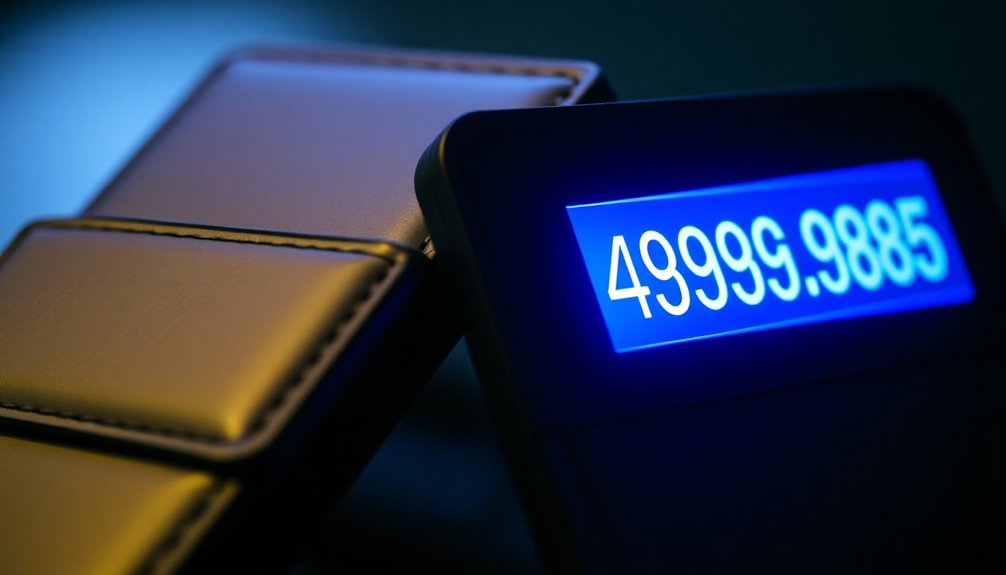
Understanding the difference between wallet and contract addresses is crucial for anyone navigating the blockchain. A wallet address acts as a unique identifier for your cryptocurrency wallet, allowing you to send and receive digital assets in peer-to-peer transactions. These addresses are derived from your public key and typically range from 26 to 35 characters.
In contrast, a contract address identifies a specific smart contract on the blockchain ecosystem, facilitating interactions with its functions. Contract addresses are usually 42 characters long, starting with "0x" for Ethereum-based networks.
Security is vital for both; safeguard your wallet address to protect against theft, and ensure contract addresses are verified to interact with the correct smart contracts effectively.
Security Vulnerabilities in Transactions
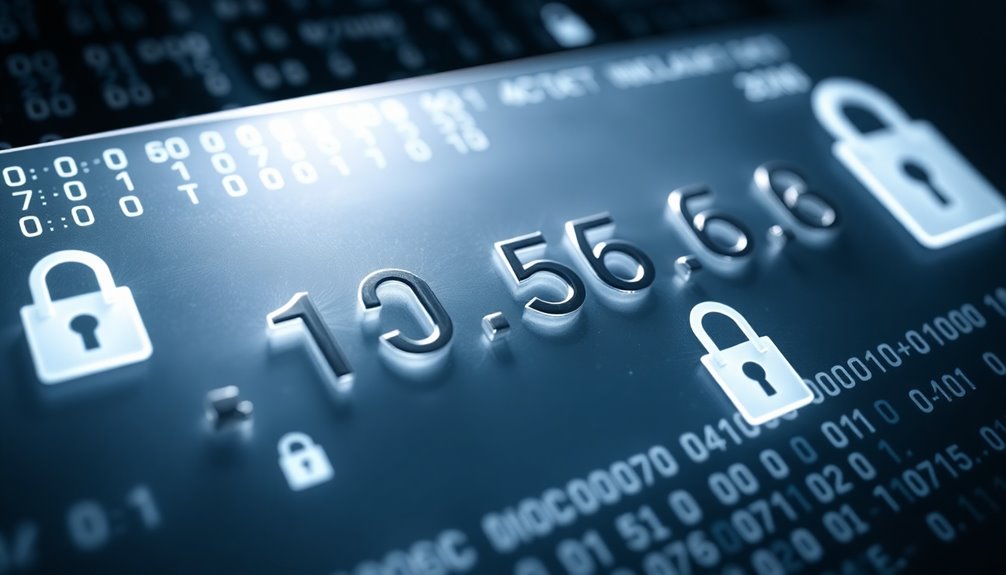
As you engage in blockchain transactions, it's essential to be aware of potential security vulnerabilities that can jeopardize your digital assets.
Mistakes in entering a wallet address can lead to permanent loss, as transactions are irreversible. Even minor errors, like case sensitivity in Ethereum addresses, can result in funds being sent to incorrect or non-existent addresses.
Additionally, phishing attacks pose significant risks, tricking users into revealing their private keys and compromising their wallets.
While you can safely share public addresses, always be cautious with private keys to prevent unauthorized access to your crypto assets.
Emergence of Layer 2 Solutions

While addressing scalability challenges in blockchain networks, Layer 2 solutions have emerged as a vital innovation. These solutions enhance transaction throughput by processing transactions off the main chain, significantly reducing congestion and lowering transaction fees.
For example, the Lightning Network enables you to send and receive cryptocurrencies instantly and at a lower cost through off-chain payment channels. Similarly, Ethereum's rollups aggregate multiple transactions into one, improving efficiency while maintaining security.
As Layer 2 solutions gain traction, you'll notice increased adoption of decentralized applications (DApps), enhancing usability. Understanding wallet address formats, whether public or private, becomes crucial as you navigate these solutions, as they directly impact how you manage your transactions in the evolving cryptocurrency landscape.
Use Multi-Signature Wallets
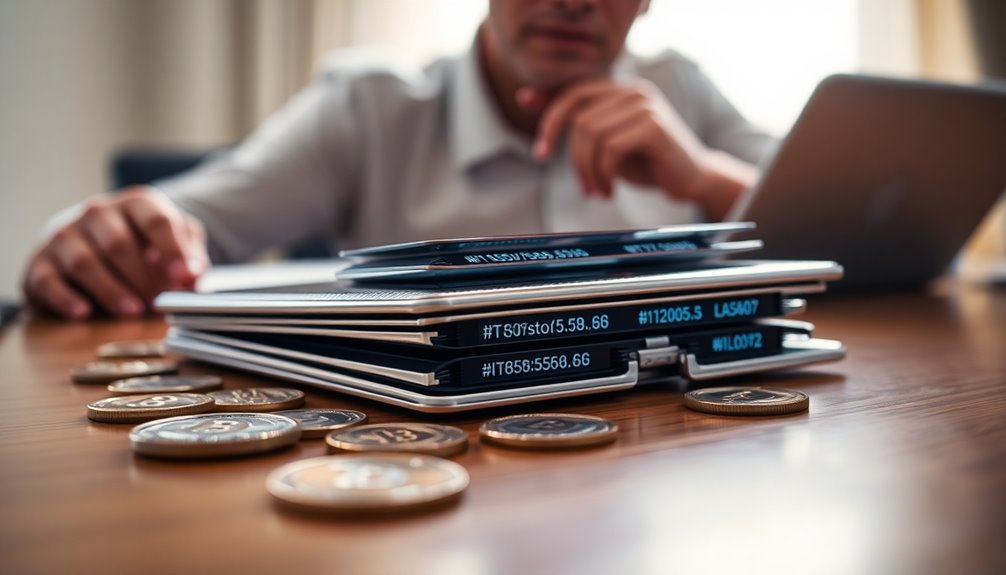
If you're looking to enhance the security of your cryptocurrency assets, multi-signature wallets offer a robust solution. These wallets require multiple private keys to authorize transactions, which means no single point of failure exists.
For instance, a 2-of-3 configuration ensures that two out of three designated users must agree before funds move, promoting security and accountability. This shared control mechanism is especially beneficial for organizations, allowing them to manage a wallet address collectively while maintaining individual responsibility.
Frequently Asked Questions
How Do I Get My Blockchain Address?
To get your blockchain address, you need to create a cryptocurrency wallet.
Once you set it up, your wallet will automatically generate a unique address for you. You can view this address right in the wallet interface, often displayed in a user-friendly format or as a QR code.
What Is an Example of a Blockchain Address?
When you're diving into the world of cryptocurrencies, knowing a blockchain address is like having the keys to the kingdom.
For instance, a Bitcoin address might look like this: 1A1zP1eP5QGefi2DMPTfTL5SLmv7DivfNa.
If you're dealing with Ethereum, you'd see something like 0x32Be3435EFeD41D15c4F1613c8d988D8B6697e.
Each type has its unique format, so keep your eyes peeled to avoid any mishaps with your transactions!
What Is the Blockchain Network Address?
A blockchain network address is your unique identifier in the digital currency world, letting you send and receive cryptocurrencies securely.
You generate it through cryptographic methods, often from public keys, ensuring your transactions remain verified.
Each cryptocurrency has a different address structure, like Bitcoin's '1' or Ethereum's '0x'.
You can share your address publicly, but keep your private key secret to protect your funds from unauthorized access.
Is a Blockchain Address the Same as a Wallet Address?
Imagine sending funds across a digital landscape, your destination marked by a unique code. A blockchain address isn't quite the same as a wallet address.
While both are alphanumeric strings, the blockchain address can refer to different types, including smart contract addresses. Your wallet address specifically identifies your cryptocurrency wallet, letting you manage your assets.
Conclusion
In the world of blockchain, your address acts like a digital mailbox, where transactions come and go. Understanding its structure and significance is essential for navigating this complex landscape. While there are benefits like security and efficiency, be mindful of potential vulnerabilities. Embracing tools like multi-signature wallets can enhance your protection. As you explore this evolving technology, remember that staying informed is your best defense against the unexpected twists and turns of the blockchain journey.









